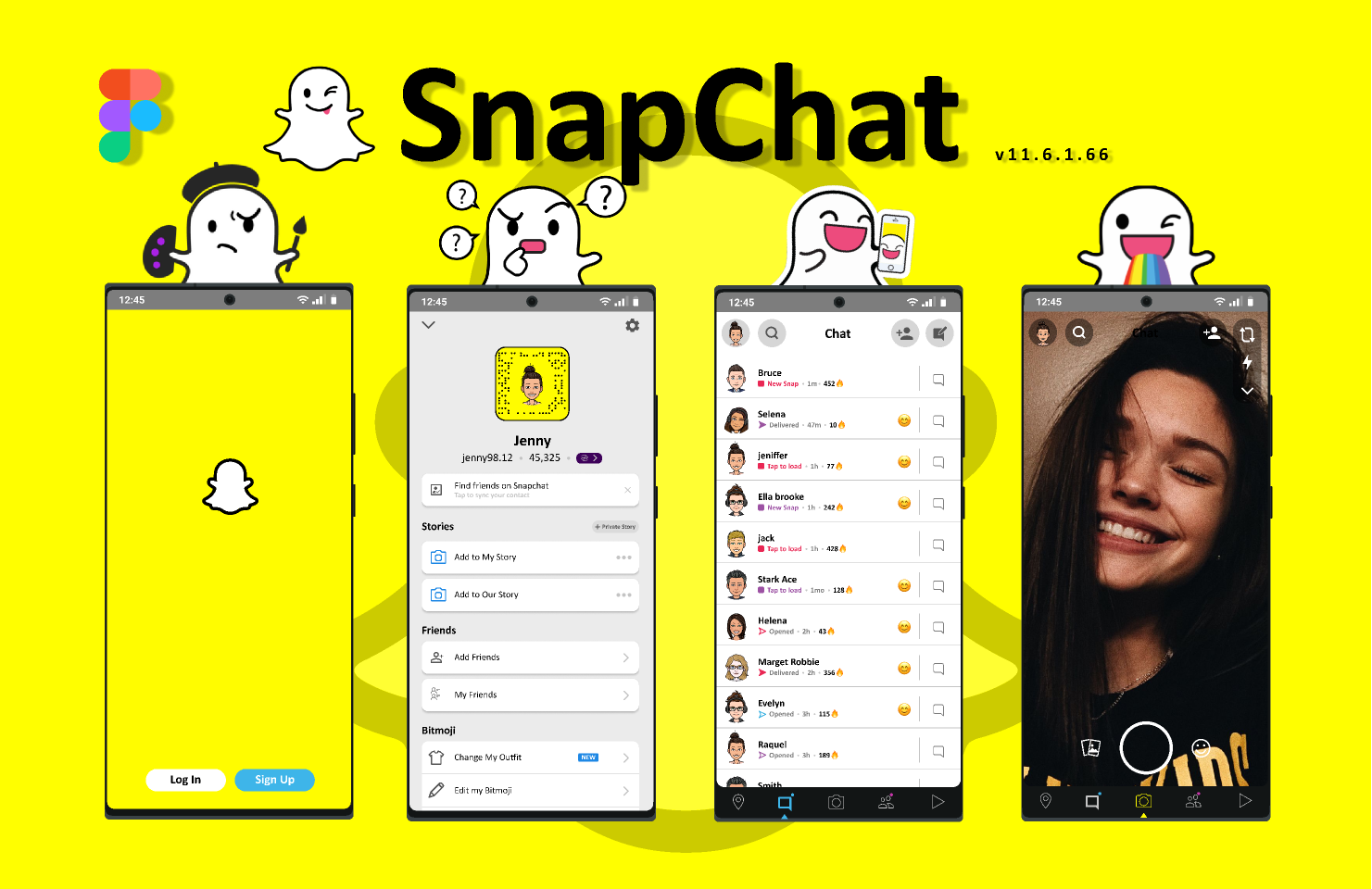Snapchat has always been about fleeting moments — a photo here, a video there, all gone in seconds. It built its identity on the thrill of impermanence. But in 2025, that philosophy is evolving. The platform has introduced a paid storage feature, offering users the option to save their Snaps and memories for a price.
The change marks a major shift for a platform that once prided itself on vanishing content. As Snapchat transitions further into the world of premium services, the question arises: are we paying for permanence, or for nostalgia?
The Evolution of Snapchat’s Model
When Snapchat launched in 2011, its novelty was simple — send photos and videos that disappear after viewing. That ephemeral design made it a favorite among younger users, who appreciated the privacy and spontaneity it offered compared to traditional social media.
Over time, however, Snapchat became more than just a “disappearing messages” app. With features like Memories, Stories, and Spotlight, the platform evolved into a visual diary for millions of users. Yet as people shared more, they wanted to preserve those moments rather than watch them fade away.
This demand for permanence created an opportunity — and a challenge — for Snapchat: how to let users hold on to their memories without losing the essence of what made the app unique.
Introducing Paid Storage
Snapchat’s new paid storage plan expands on its existing “Memories” feature. Previously, users could save Snaps and Stories to a personal archive for free, with some limitations. Under the new model, subscribers can purchase additional storage space to back up more photos, videos, and chats directly on Snapchat’s servers.
Pricing tiers vary by region, but early reports suggest monthly and annual plans that scale based on the amount of data a user wants to store. The service functions similarly to iCloud or Google Photos — but within Snapchat’s distinct interface, where the boundary between personal memories and social sharing remains blurred.
For frequent users who capture daily moments, the upgrade promises convenience. For Snapchat, it represents a new revenue stream — and perhaps, a step toward long-term sustainability in an increasingly competitive social media landscape.
Why Snapchat Made the Move
There are two clear motivations behind this shift: monetization and user retention.
- Monetization: As ad revenues fluctuate, platforms are leaning into premium features to generate stable income. Snapchat+ (its subscription program) already offers perks like profile badges, custom app icons, and early access to experimental tools. Paid storage complements that model, giving loyal users a functional reason to subscribe.
- User Retention: In the attention economy, keeping users within an ecosystem is everything. If people rely on Snapchat not only to share but also to store their memories, they’re less likely to migrate to competitors like Instagram or TikTok. Paid storage turns Snapchat into more than a messaging app — it becomes a personal memory vault.
The Privacy and Philosophy Dilemma
While the feature sounds practical, it raises deeper philosophical questions about what Snapchat stands for. The app’s identity has always revolved around impermanence — the comfort of knowing that what you send won’t last forever.
By introducing a paid storage model, Snapchat risks blurring that identity. If users can now pay to make Snaps permanent, does the app lose its original charm?
Privacy advocates have also raised concerns about how this additional stored data will be managed. More storage means more responsibility — and potential vulnerability — when it comes to user information. Snapchat’s encryption and data retention policies will likely face renewed scrutiny as the service expands.
A Broader Trend in Social Media
Snapchat’s move mirrors a larger shift across tech platforms. Once, social media was free — users paid with their attention, not their wallets. Today, the line between free and paid is fading.
Instagram has introduced ad-free subscription tiers. X (formerly Twitter) offers premium verification and longer posts through its paid plan. Even Telegram and Discord are adding optional upgrades. Snapchat’s paid storage fits squarely within this “premium social” movement — where platforms offer convenience, customization, or exclusivity in exchange for direct revenue.
The difference, however, lies in Snapchat’s positioning: instead of selling status or influence, it’s selling nostalgia — the power to preserve fleeting moments that were once meant to disappear.
User Reactions: Mixed but Curious
Initial reactions from users have been divided. Some welcome the option, seeing it as a natural next step for a maturing app. For those who document their daily lives through Snaps, the ability to save memories safely and access them easily feels worth paying for.
Others argue that the feature undermines Snapchat’s original appeal. They fear that the focus on permanence could erode the authenticity of the platform — turning it into yet another photo-storage app instead of a place for spontaneous expression.
Still, curiosity remains high. Many users see the value in having choice: those who prefer disappearing content can continue as before, while others who want more control can opt in.
The Business Implications
Financially, Snapchat’s parent company, Snap Inc., has faced periods of volatility. Despite a strong user base, competition from TikTok and Instagram Reels has cut into engagement and ad revenue.
By expanding its premium offerings, Snap aims to diversify income streams. Paid storage could prove a subtle but steady source of recurring revenue, especially if integrated seamlessly with Snapchat+.
Moreover, the move strengthens user loyalty — each gigabyte of saved content makes it harder for users to switch platforms. In an age when data is personal history, owning your digital past becomes part of your identity — and Snap is betting people will pay to keep it safe.
Memory in the Age of the Internet
The paid storage feature also touches on a broader cultural question: how much of our lives should we keep? Technology has made it effortless to record every moment, but in doing so, it has blurred the boundary between meaningful memory and endless documentation.
Snapchat’s original brilliance lay in reminding users that not everything needs to last — that moments gain beauty precisely because they fade. Now, by monetizing permanence, the platform is reshaping that philosophy for a generation that wants both ephemerality and preservation.
In many ways, Snapchat’s paid storage is less about data and more about emotion — the price of remembering.
Final Thought
Snapchat’s new paid storage plan represents the platform’s next evolutionary step — one that could redefine its relationship with users. It’s a pragmatic move in a digital world where memories have become data, and data has become currency.
Yet the irony is hard to miss. The app that once told us “nothing lasts forever” now invites us to pay so that everything can.
Whether this strategy strengthens Snapchat’s legacy or dilutes its identity remains to be seen. But one thing is clear: in the modern internet age, even our memories have a subscription plan.






